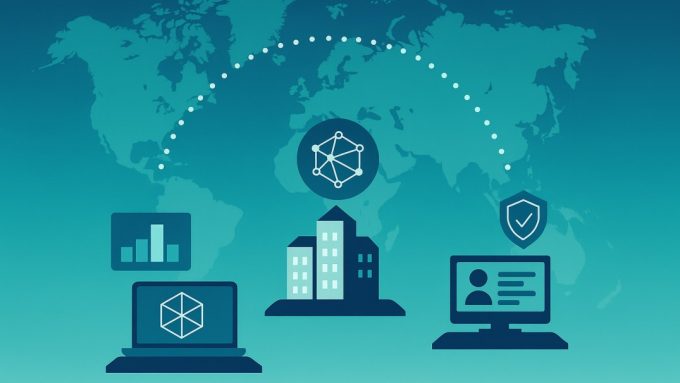What a session!
Following the initial forum discussion querying the need for a digital twin ‘test’ and the subsequent post asking ‘what’ we should measure if a test is needed, we hosted a workshop to deep dive into the topic. With great interactivity and engagement with over 40 active contributors from across various roles in the sector, a few common themes surfaced which inspiringly, were echoed by a Digital Twin Fan Club event the following week.
After a brief introduction from the CDBB team, Dan Rossiter of BSI covered the meaning of the word ‘definition’ and ‘test’ before we dived into the workshop session where we asked several questions of the attendees. The themes covered the following topics:
- Do we need a test for digital twins?
- If there is a test, how should it be ‘scored’?
- What makes a digital twin a ‘real’ digital twin?
- If there is a test, what would it measure?
- And then a quickfire yes/no round to determine if certain ‘things’ are digital twins.
- Mapping of those results on a banded scale.
Spoiler alert! The first topic garnered a resounding ‘yes’. Observations within the group raised concern over digital twins and their use being driven by technology companies rather than the approach we’d rather take which is by purpose-driven solutions (culture, process and technology) to solve current client challenges. With ‘twinwash’ marketing often reaching clients and the supply chain masses before it reaches those with the real experience and capabilities, we really are perilously close to repeating what BIM has been through already – and we’re still battling against that!
Scoring was a longer discussion that saw real industry value of a simple yes/no result, but through the workshop, it became evident that being able to see how one particular digital twin compared to another was perhaps a useful checklist for the ‘lesser’ version.
Quote
So, what makes a digital twin ‘real’?
We were steering clear of defining ‘what’ a digital twin is, that work is being undertaken in other CDBB workstreams. What we wanted to unearth was, for each attendee, for their particular use case, what made a digital twin ‘real’… needless to say that this began the real-time versus right time discussion (also previously discussed here and here on the DTHub)! There were wide and varied responses about interfaces, connectedness, insights and prediction and these are summarized in the upcoming report.
The quickfire round was useful, for a few reasons. Firstly, attendees were required to answer using their gut instinct. Secondly because it demonstrated that there is a clear consensus on a few digital twin examples. Finally, it was useful to expand a little on each of the examples to explore where the differences of opinion lie. I should point out that the examples used in the quickfire round are all taken from marketing / forums / discussions that are happening out there in the built environment right now… these aren’t examples that we, the workshop facilitators, defined as ‘being’ digital twins.
The results are as per the attached image and you can clearly see where the common trends sit. The interesting examples for the overall discussion are the items with a split in opinion… clearly an indicator for the need for a test?
The last exercise for the attendees was to place these above examples and their own contributions onto a graded scale, from red (not a digital twin) through amber and to green (real digital twins and ‘unicorn’ digital twins!). An interesting and revealing exercise, especially when given the opportunity to move the indicators that others had placed.
If we’re looking to draw conclusions from the workshop, I’d suggest that the many great conversations over 1.5hrs could have easily lasted several weeks, mainly due to the ‘is it’ or isn’t it’ nature of the discussions. This leads me to observe that:
Quote
if we, a bunch of digital twin enthusiasts with vested interests in the development of the national digital twin, aren’t always in agreement, how can we expect the layperson to be?
As an initial exploratory task to determine the industry’s appetite for a test, linked to an accurate definition, this has been a revealing and thought-provoking exercise and one that I’m keen to continue.
To that end: Do you agree with the quick-fire round? Are you adamant about a particular characteristic that a digital twin must have? Let’s ensure that the workshop is the beginning, not the end, to this discussion!


Leave a comment